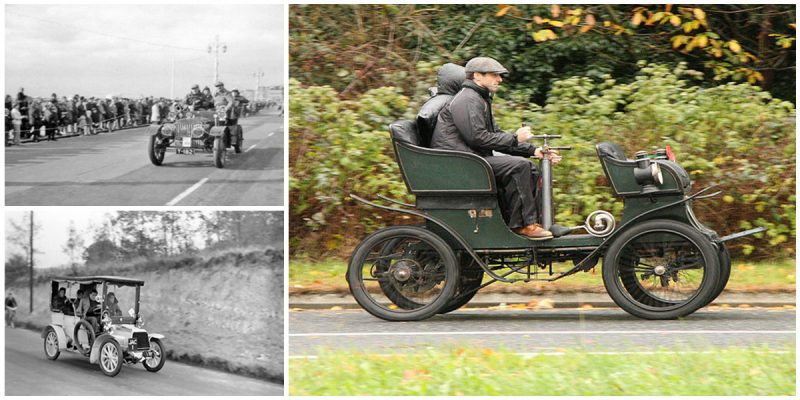The first London to Brighton car run was organized in 1896 by Harry J. Lawson, and was named “The Emancipation Run” to celebrate the passing into law of the “Locomotives and Highways Act“ of 1895.
It was this act which had replaced the restrictive Locomotive Acts of 1861, 1865, and 1878, and increased the speed limit for ‘light locomotives’ to 14 mph (23 km/h) and abolished the requirement for these vehicles to be preceded by a man on foot.
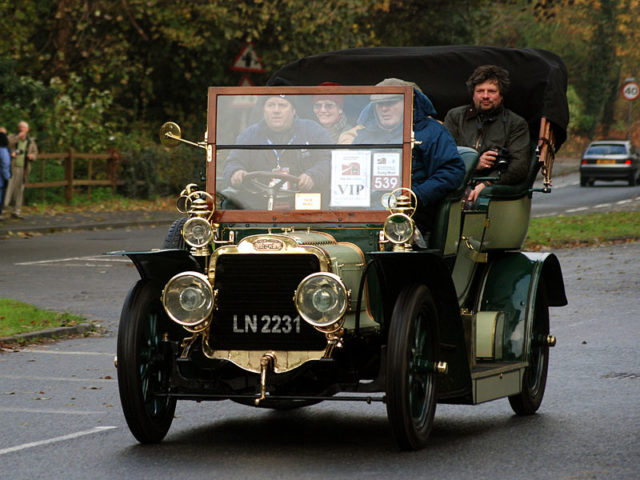
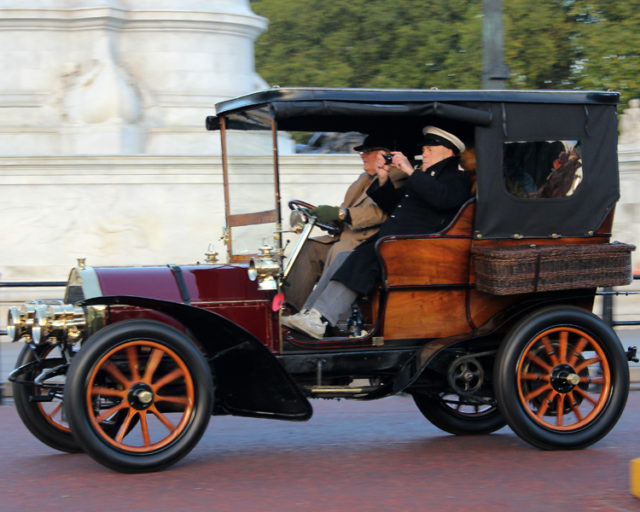
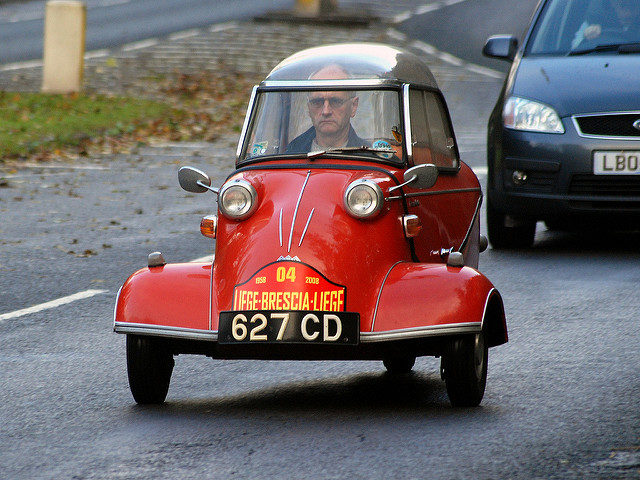
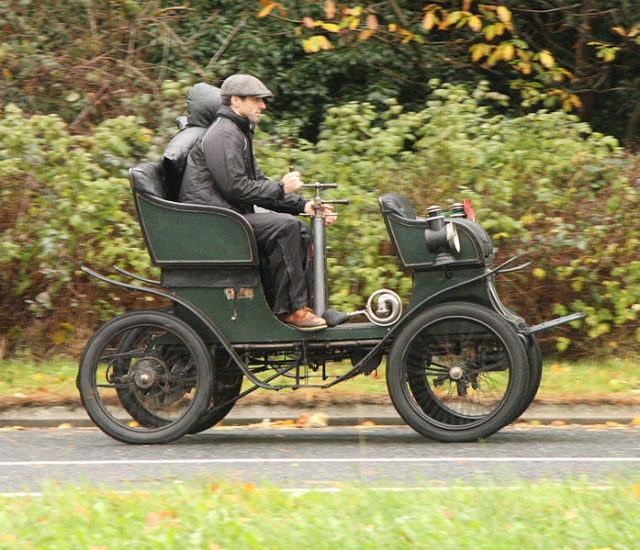
Since 1878, the speed limit had been 4 mph (6 km/h) in the country and 2 mph (3 km/h) in the town and an escort had been required to walk 20 yards (20 m) ahead of the vehicle. According to the rules, only cars registered before 1 January 1905 were eligible to take part. There is, however, some flexibility and slightly newer vehicles are occasionally accepted. The early law required the man on foot to carry a red flag but that requirement was abolished in 1878.
On 14 November 1896, only 14 of the 30 starters completed the course because sixty miles was a long way, and the roads were in poor condition. One of the first cars to cross the start line was a circa 1894 Benz Victoria. A 1904 Darracq, which starred in the 1953 comedy film Genevieve, also took part in the race.
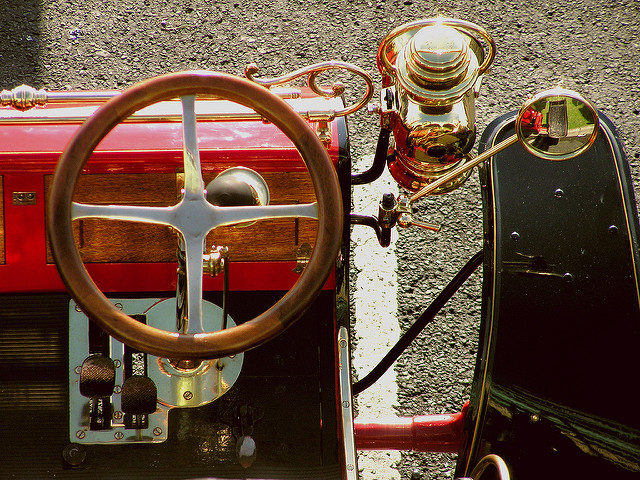
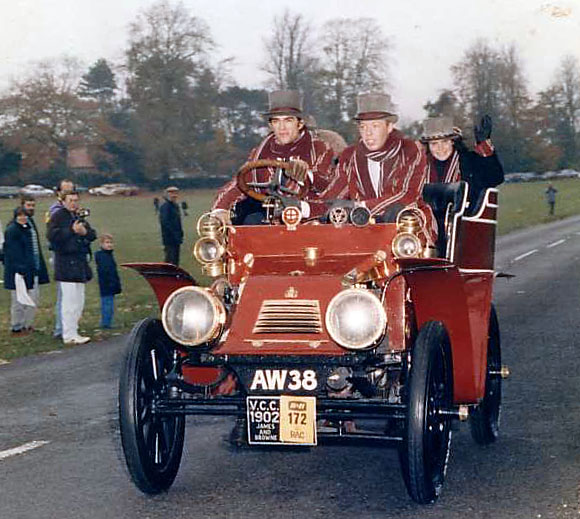
It takes currently takes place on the first Sunday in November and starts at sunrise from Hyde Park, London and mostly follows the old A23 road to finish at Brighton – a distance of 54 miles (87 km) with two official stops along the way: Crawley (for coffee) and Preston Park (in a suburb of Brighton). Preston Park is the official finishing point.
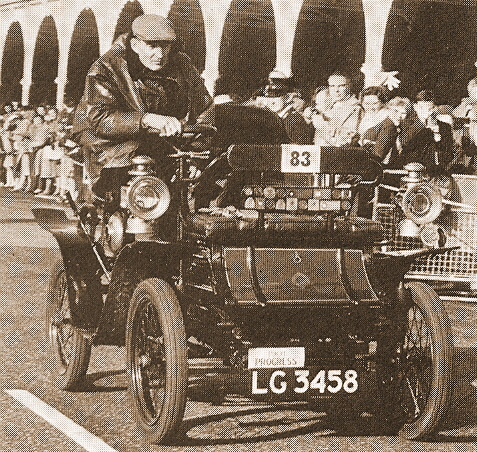
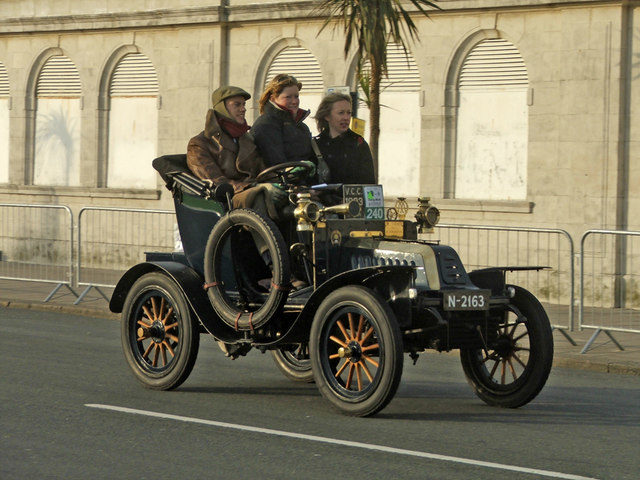
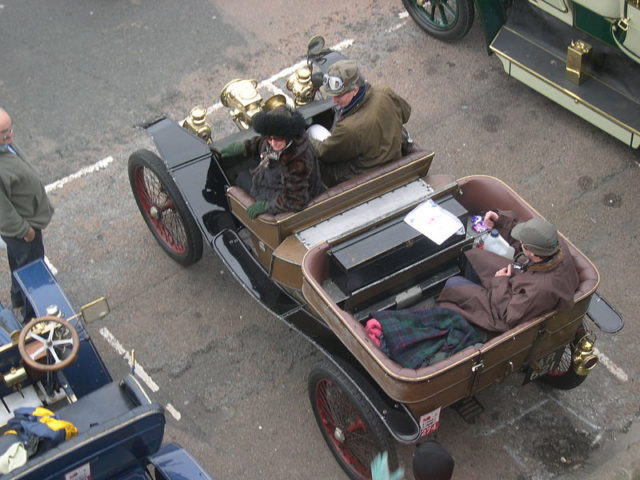
In 1927, the Daily Sketch newspaper organized a re-enactment of the original run and the RAC organized the same event in 1930.
The Run has taken place annually ever since with the exception of the war years (1939-45) and petrol rationing (1947).
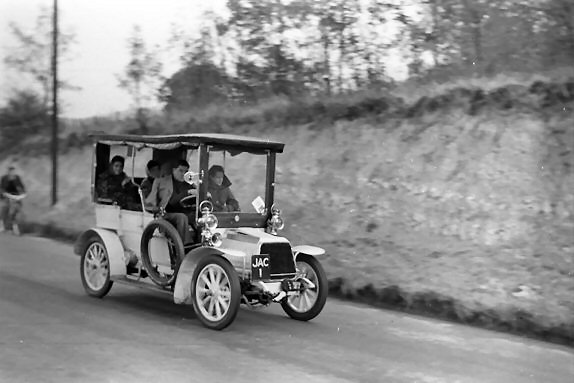
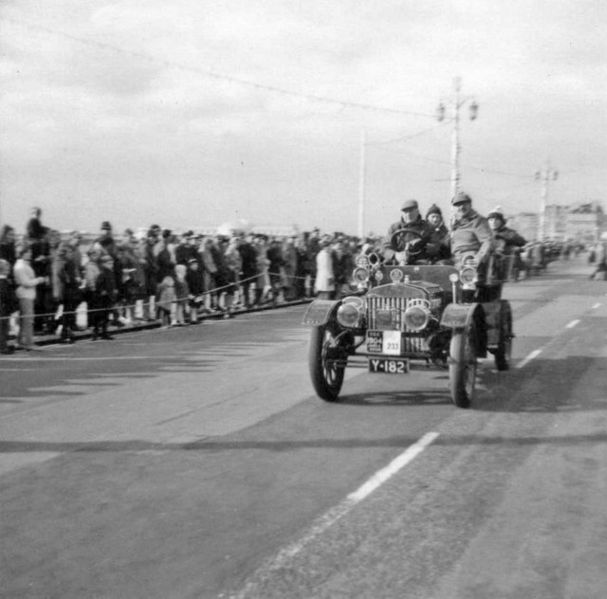
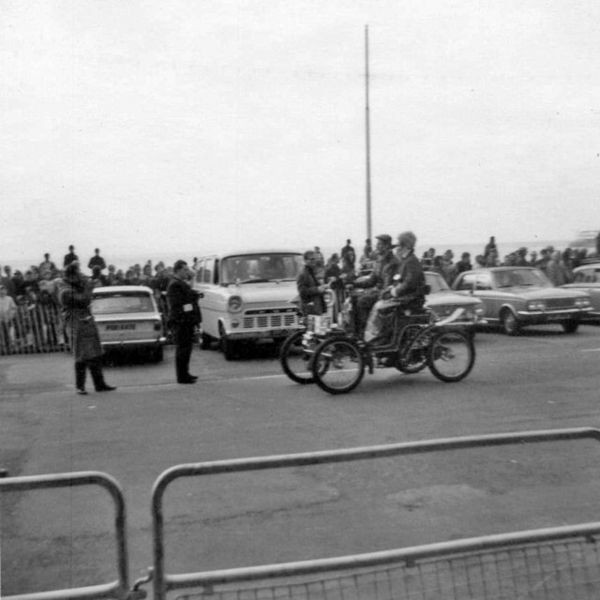

It is also the world’s largest gathering of veteran cars – 443 started in 2005, 484 in 2009, compared to 37 starters in 1927, 51 starters in 1930, and 131 in 1938. The 72nd anniversary run took place in 1968 and was joined by celebrity participants Prince Rainier and Princess Grace of Monaco, in a 1903 De Dion-Bouton.
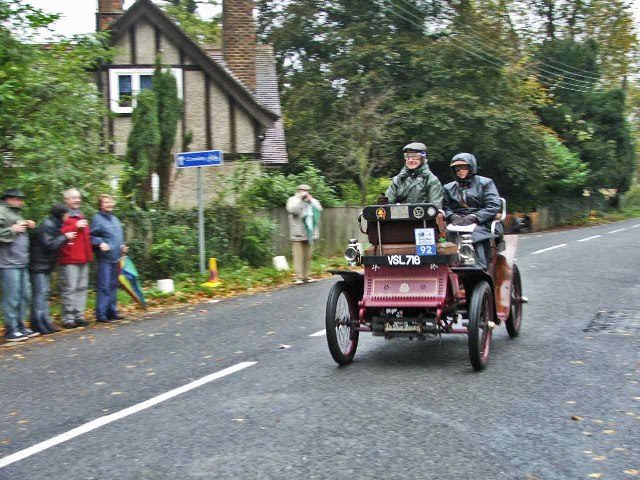
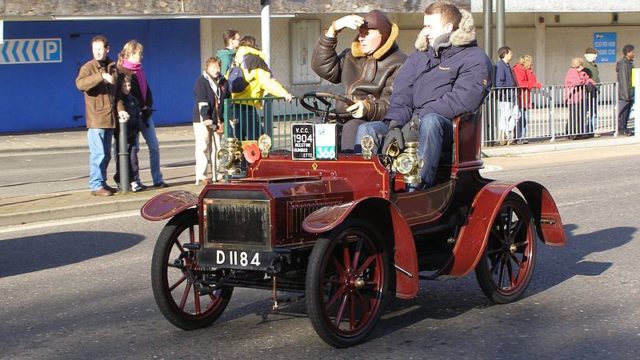
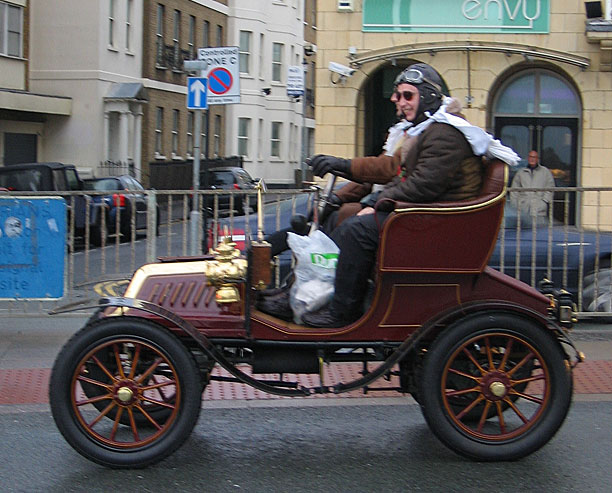
Since 1930, the event has been controlled by the Royal Automobile Club. Today, it represents a rare opportunity for participants to take their extraordinary automobiles on this historic 60-mile journey.
